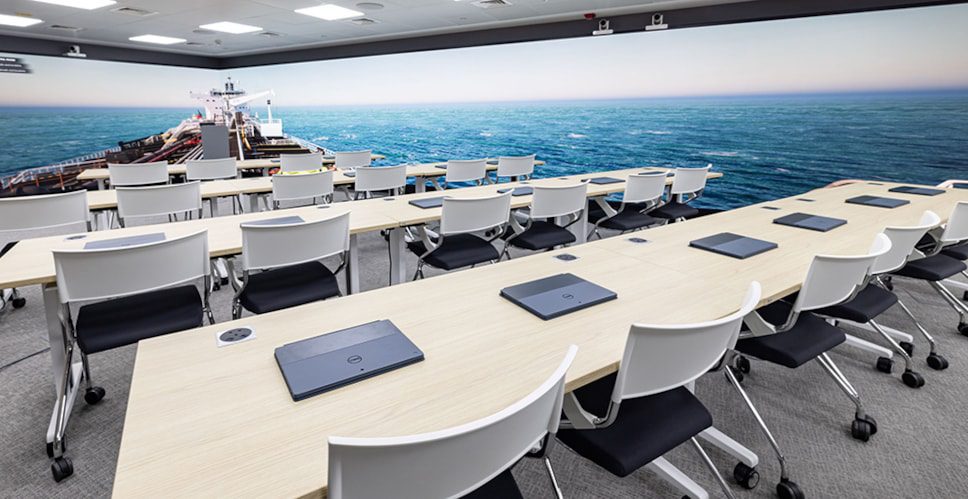
Press Release – Samskip takes the lead in ambitious initiative to develop autonomous, zero-emissions container ships that also compete on cost
Europe’s largest multimodal operator has been named lead partner in ‘Seashuttle’, a project seeking to bring emissions-free, autonomous container ships to market that also operate at a profit.
The announcement coincides with the award of €6 million of Norwegian government money to Project SeaShuttle to take forward development of two all-electric ships slated to connect Poland, Swedish west coast ports and the Oslo fjord. The vessels will draw on state-of-the-art hydrogen fuel cells for their propulsion power.
Seashuttle is one of six initiatives included in ‘PILOT-E’, a €100 million-plus scheme involving the Research Council, Innovation Norway and Enova, aiming to bring solutions for the climate-neutral industries of the future to market more quickly. Seashuttle funding came from four Norwegian ministries (Food and Fishing; Climate and Environment; Petroleum and Energy; and Transport and Communications).
“Samskip is delighted to take the lead in the project to develop next generation sustainable shortsea shipping,” says Are Grathen, MD Samskip Norway. “What distinguishes this project and will be key to its success is the combination of fuel and technology that will make it cost competitive with existing solutions. With our trusted project partners, we are convinced that such ambitions are realistic.”
Aspirations for sustainability are best encouraged by door-to-door services that provided cost-effective and scalable competition with truck-ferry options, feeding into a pan-European distribution network, he says. Automation of key shipboard activities would also bring cost savings. “Exporters increasingly seek lower and even zero emissions transport solutions, but they need to be assured on reliability, frequency, efficiency and cost effectiveness.”
Once operational, there is no reason why zero emissions ships should not target the 2,000 truck loads passing through Norwegian ports every day, he adds.
Other Seashuttle partners include logistics consultant FlowChange, technology group Kongsberg Maritime, hydrogen integrator HYON and Massterly, a Kongsberg Maritime/Wilhelmsen venture developing autonomous vessel solutions.
“Green shipping is a sector where Norway can be world leader in new and green technology,” says Anita Krohn Traaseth, CEO, Innovation Norway. “The conversion is underway, for example with many electric ferries. This year’s PILOT-E awards show that there are exciting plans to make shipping more environmentally friendly.”
“This is an important milestone on the long sailing to make the maritime sector emission free. We believe hydrogen and fuel cells are the future for large and long-distance ships, and we need projects like this in order to solve technical and practical issues, says Marius Gjerset, Technology Manager, Zero Emission Resource Organisation (ZERO).”
Final Seashuttle ports of call are yet to be determined, but it is already known that the fuel cell technology will convert hydrogen into power for propulsion in a process where electrolysis is envisaged as taking place in a Norwegian port. For the moment, the project envisages zero emissions during 20% of a round trip between Poland and the Oslo Fjord – sufficient for all operations in Norwegian waters. That proportion will grow as more stations fill hydrogen along the route.

 Join The Club
Join The Club












